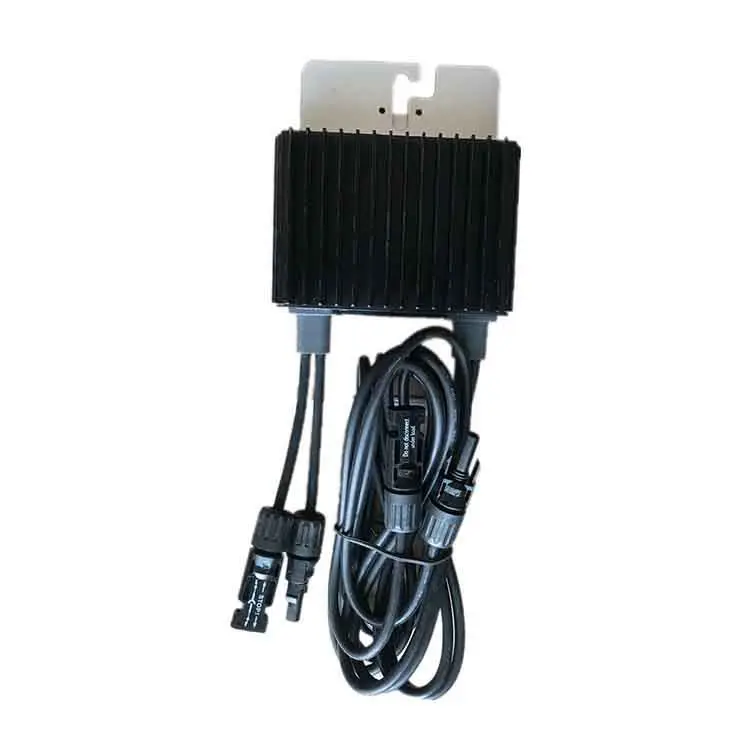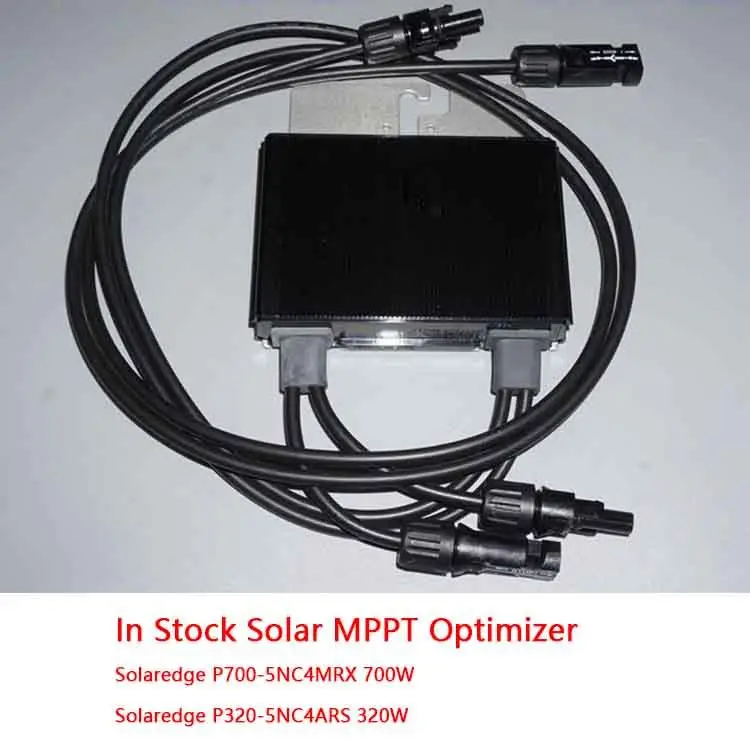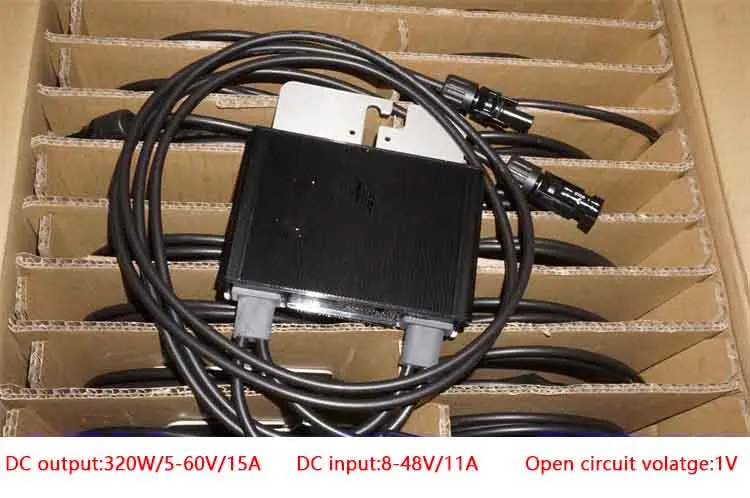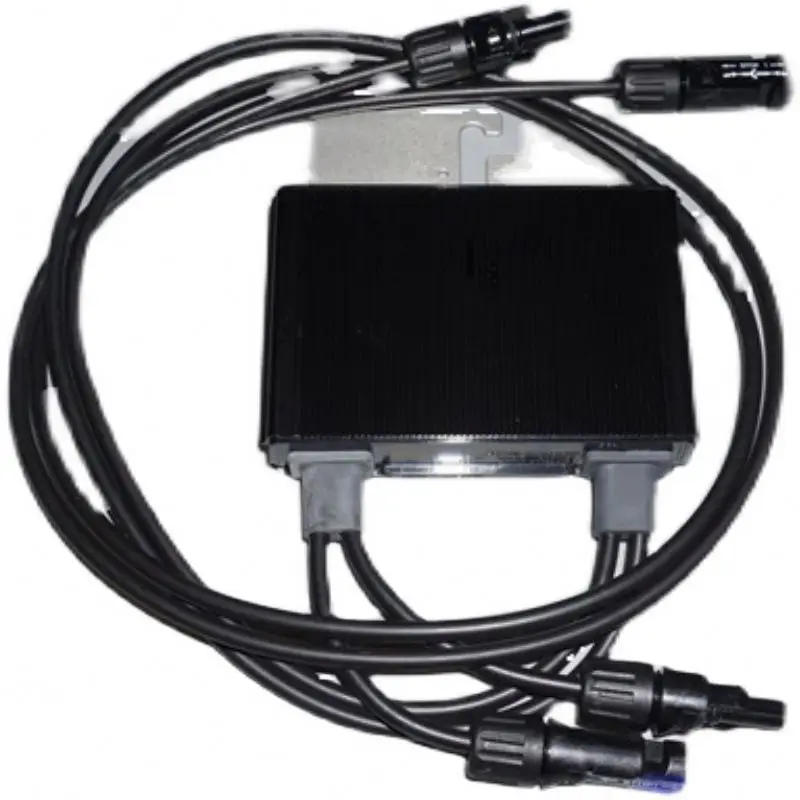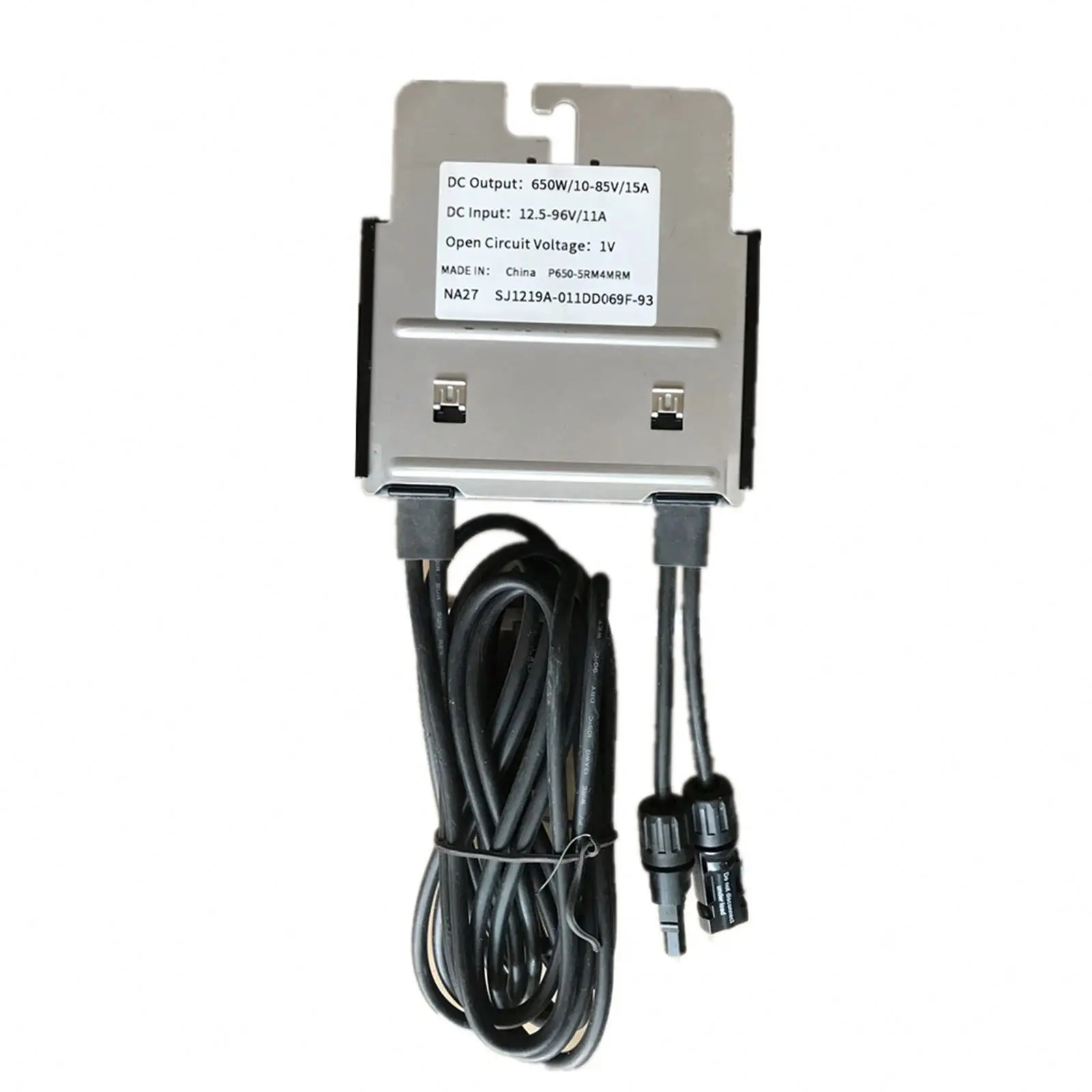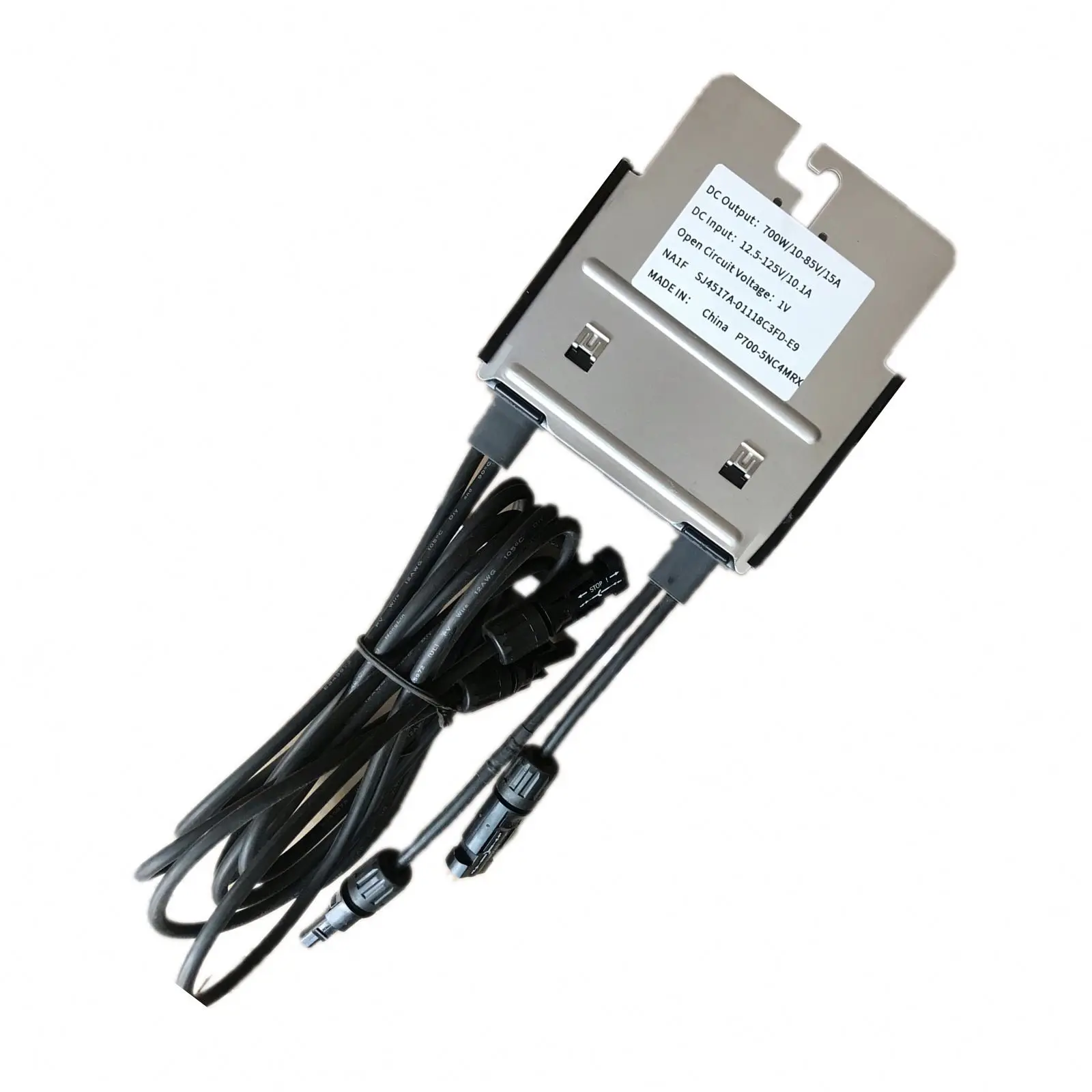Слежением за максимальной точкой мощности DC фотоэлектрических Optimizer 320W 400W P320-5NC4ARS Солнечный для Solaredge
- Категория: Solar Related Products >>>
- Поставщик: Yichun,Enten,Science,And,Technology,Co.,Ltd.
Поделиться:
Описание и отзывы
Трекер стоимости
| Месяц | Минимальная цена | Макс. стоимость |
|---|---|---|
| Aug-17-2025 | 24.75 $* | 24.21 $* |
| Jul-17-2025 | 20.73 $* | 20.83 $* |
| Jun-17-2025 | 24.7 $* | 24.4 $* |
| May-17-2025 | 24.37 $* | 24.13 $* |
| Apr-17-2025 | 19.61 $* | 19.84 $* |
| Mar-17-2025 | 23.10 $* | 23.86 $* |
| Feb-17-2025 | 23.94 $* | 23.84 $* |
| Jan-17-2025 | 23.79 $* | 23.54 $* |
Характеристики
Products Description


Solar Optimizer
Advantages of DC optimizers
Power optimizers have several advantages over other grid-tie inverter systems like microinverters. Here are some of them to consider:
More efficiency in partially shaded conditions
As outlined in the summary above, DC power optimizers allow you to harvest significantly more electricity when your panels are partially shaded or facing multiple angles. In fact, according to SolarEdge, you can expect up to 25% more power with the help of
DC power optimizers.
If you are looking to install solar and know your array will be partially shaded through the day, power optimizers are a good
idea.
How power optimizers work
When the sun hits a solar panel, it creates DC electricity. When panels are strung together, all the DC power usually gets sent along to a central string inverter. The inverter converts the power into AC electricity your home appliances use.
This setup works very well for a majority of solar system setups. However, if you have a roof with partial shading issues or
multiple orientations, your power output will suffer. That’s because the production of the string of panels is limited by the
performance of the worst performing panel.
In the challenging solar installation conditions outlined above, the maximum power you can create with each panel varies. That’s because the amount of power each panel generates depends on temperature, amount of sunlight, and special characteristics of the power load. When panels face multiple directions or some are shaded, these factors differ across the array.
SolarEdge is a leading manufacturer of power optimizers, we’ll cover some of their system specifications below.
If you have a challenging roof which has multiple orientations to site panels on and have shading issues to contend with, power optimizers are a smart solar installation choice.
There are several benefits and a few drawbacks to DC power optimizers to be aware of. We cover them below so you can be well-informed on these important considerations and can confidently proceed with your solar system design.
Advantages of DC optimizers
Power optimizers have several advantages over other grid-tie inverter systems like microinverters. Here are some of them to consider:
More efficiency in partially shaded conditions
As outlined in the summary above, DC power optimizers allow you to harvest significantly more electricity when your panels are partially shaded or facing multiple angles. In fact, according to SolarEdge, you can expect up to 25% more power with the help of
DC power optimizers.
If you are looking to install solar and know your array will be partially shaded through the day, power optimizers are a good
idea.
How power optimizers work
When the sun hits a solar panel, it creates DC electricity. When panels are strung together, all the DC power usually gets sent along to a central string inverter. The inverter converts the power into AC electricity your home appliances use.
This setup works very well for a majority of solar system setups. However, if you have a roof with partial shading issues or
multiple orientations, your power output will suffer. That’s because the production of the string of panels is limited by the
performance of the worst performing panel.
In the challenging solar installation conditions outlined above, the maximum power you can create with each panel varies. That’s because the amount of power each panel generates depends on temperature, amount of sunlight, and special characteristics of the power load. When panels face multiple directions or some are shaded, these factors differ across the array.
SolarEdge is a leading manufacturer of power optimizers, we’ll cover some of their system specifications below.
If you have a challenging roof which has multiple orientations to site panels on and have shading issues to contend with, power optimizers are a smart solar installation choice.
There are several benefits and a few drawbacks to DC power optimizers to be aware of. We cover them below so you can be well-informed on these important considerations and can confidently proceed with your solar system design.
What product we also have? | Plaese click here to contact us for more |
Huawei branded solar optimizer | |
Huawei/Deye inverter | |
Solar energy system |

Packing & Delivery


Packing:
1. All shipping goods are 100% tested and packed very well.
2. Customized package available. Boxing packaging,carton case and wooden support or as your requirement.
1. All shipping goods are 100% tested and packed very well.
2. Customized package available. Boxing packaging,carton case and wooden support or as your requirement.


